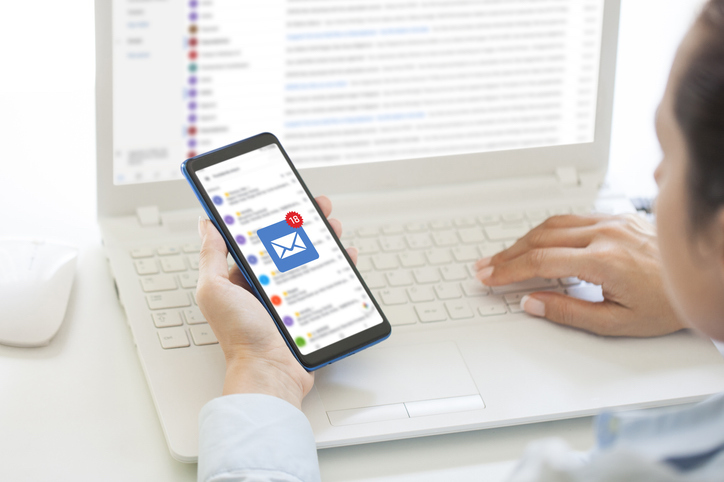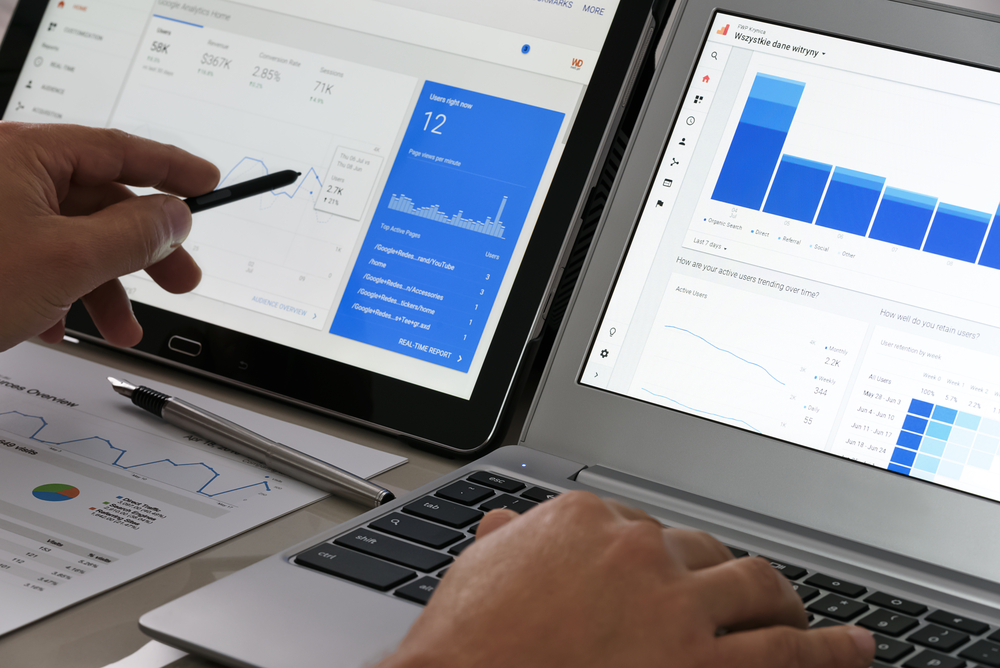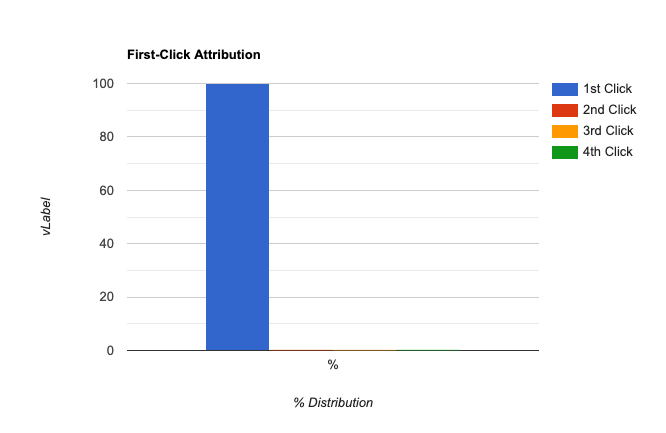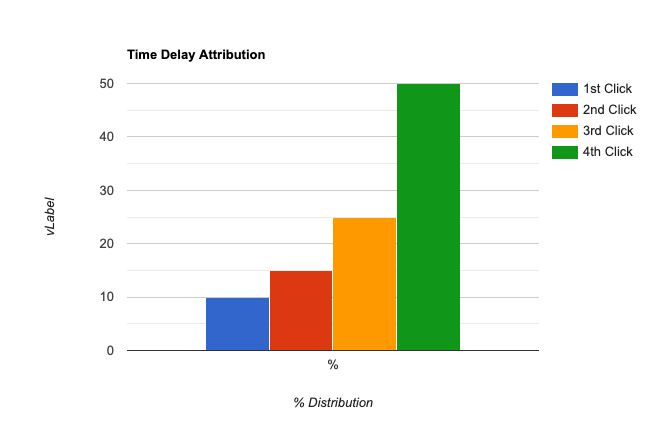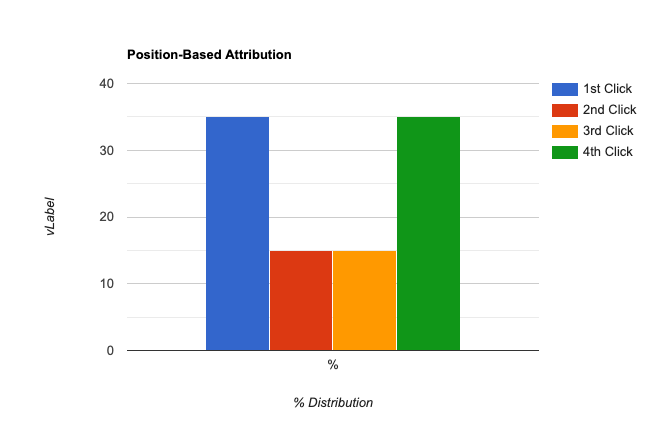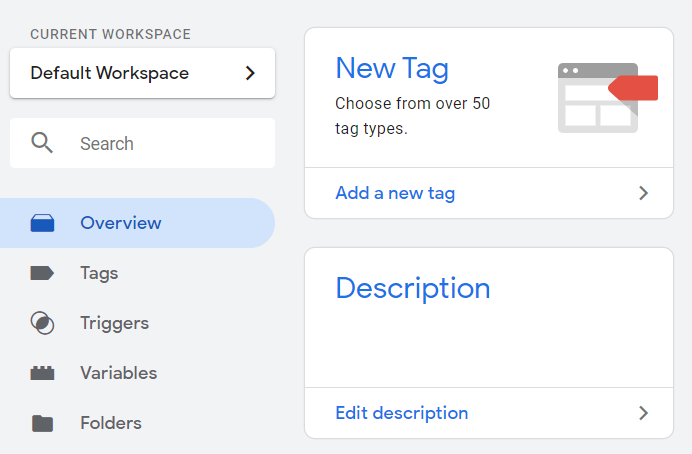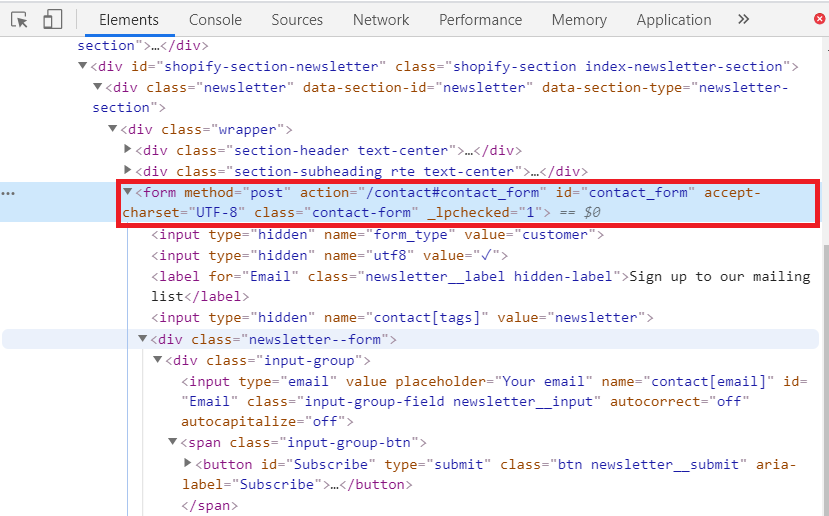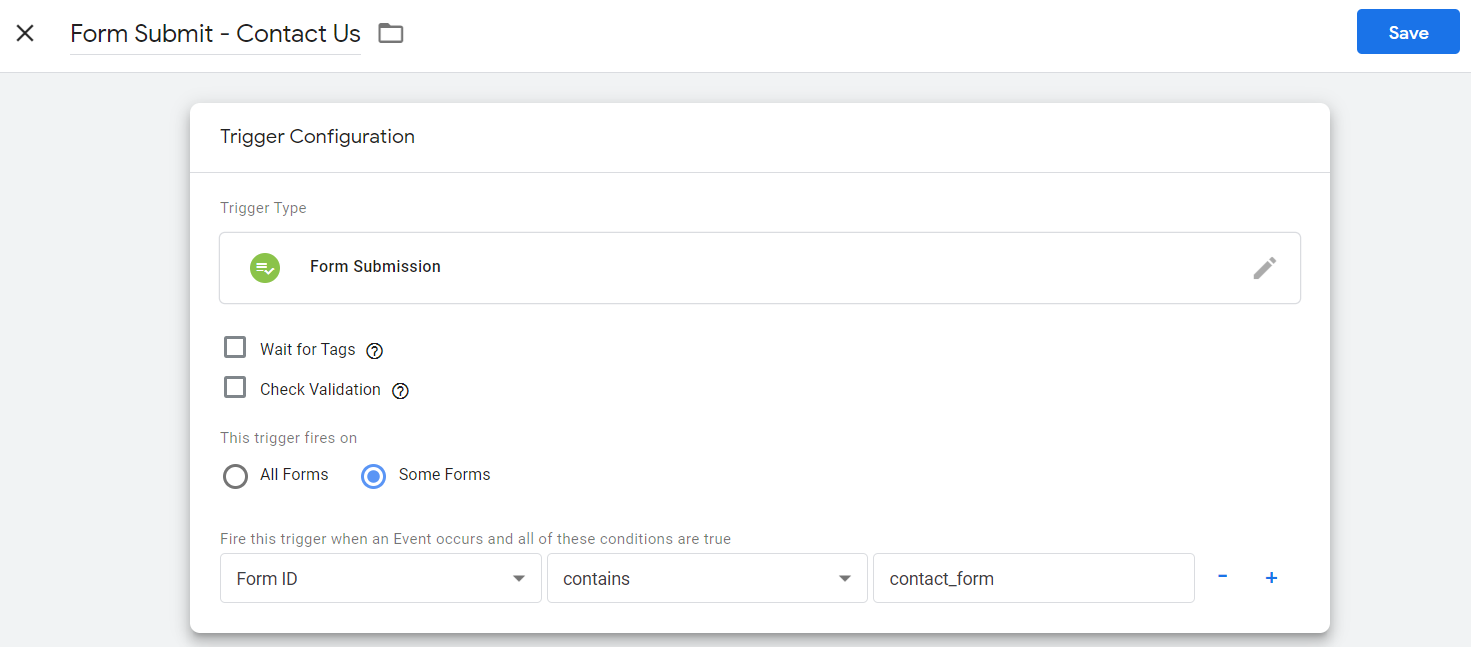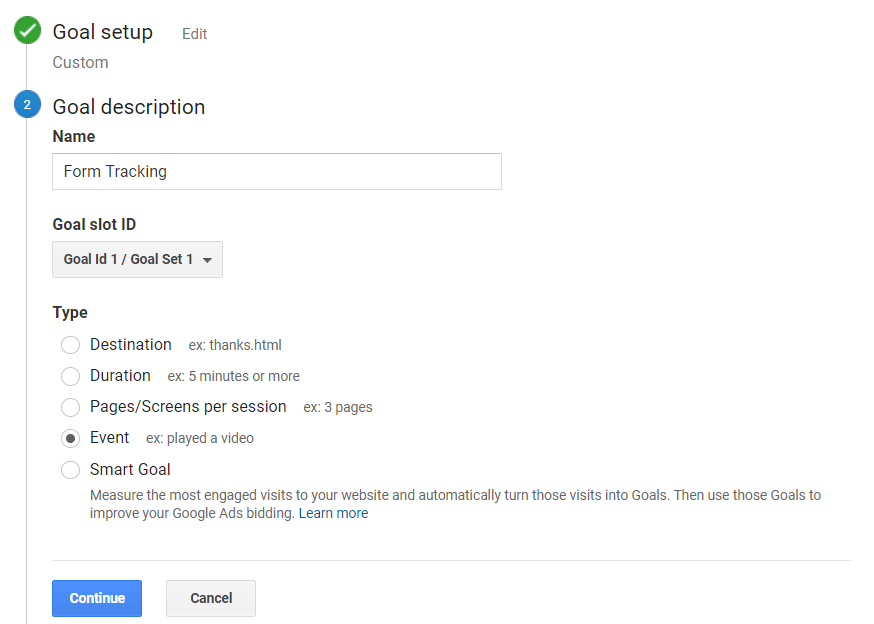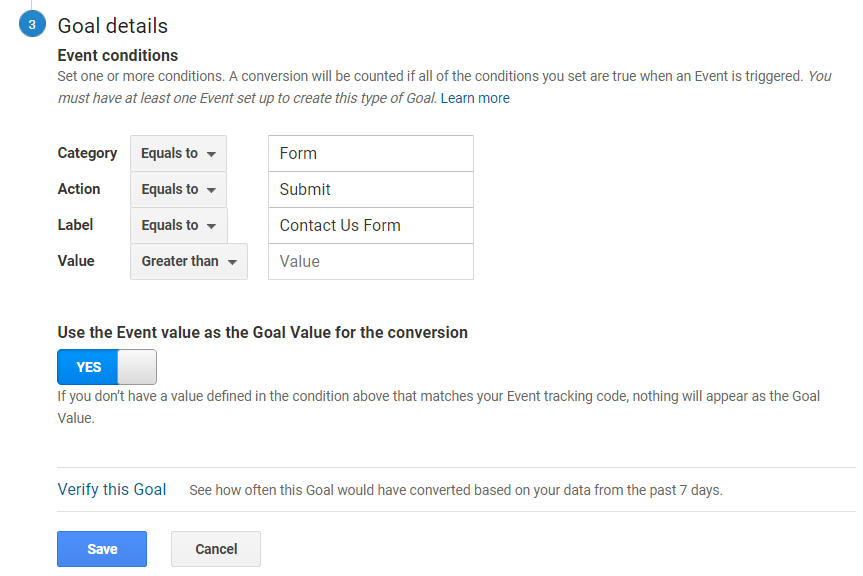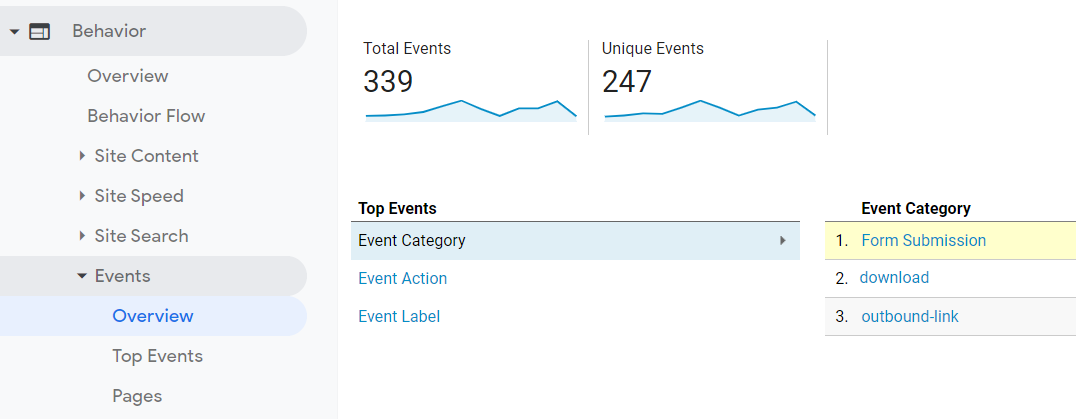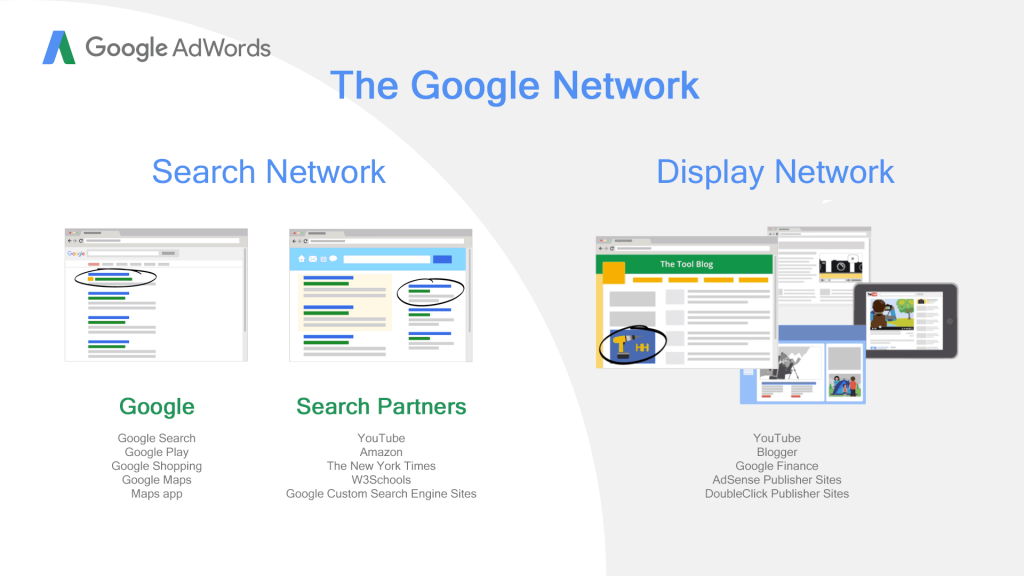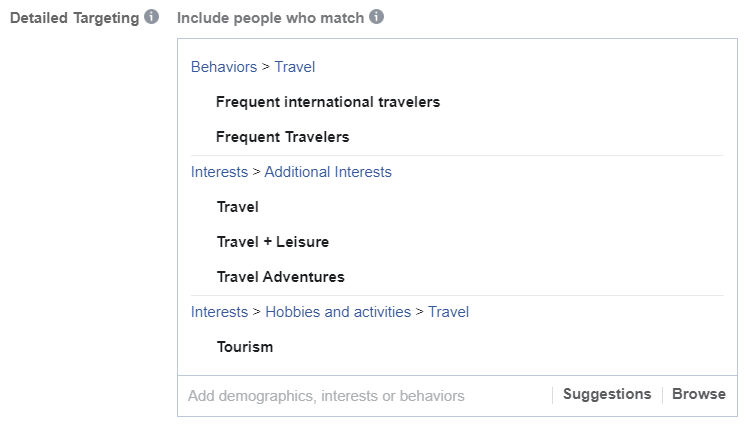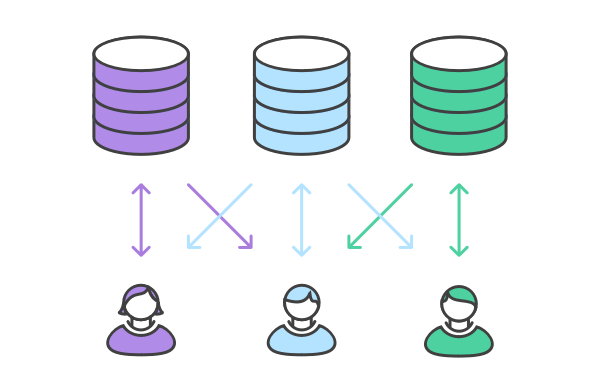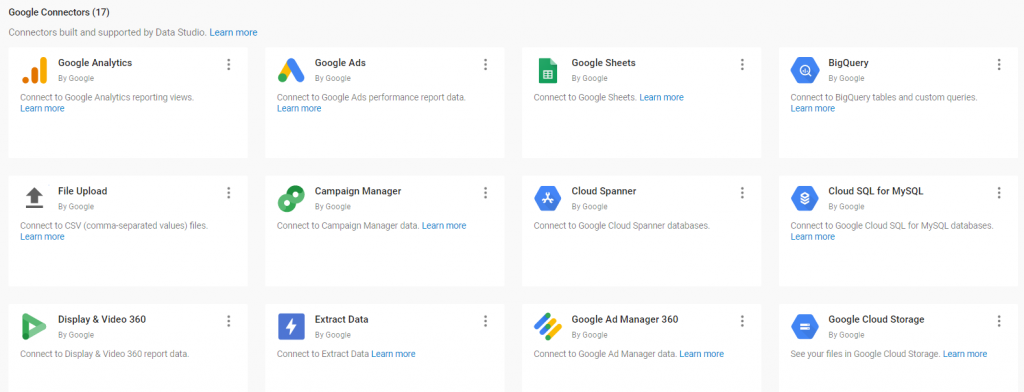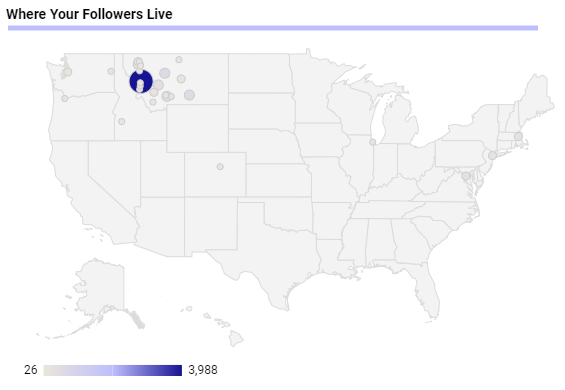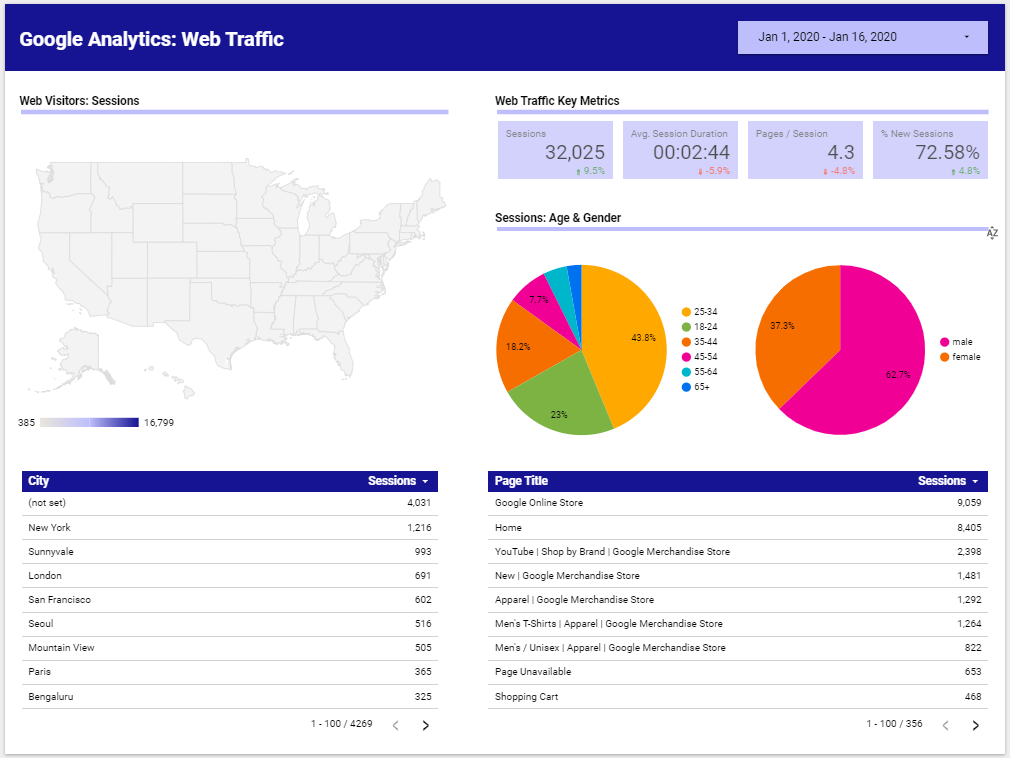The new year is the perfect time to change up your digital marketing strategy. If you haven’t done so already, you will want to analyze your digital marketing efforts and outcomes for 2021. Not only will this show you your marketing successes and areas of improvement, but you may use this to create a strategic plan for the new year. Here are some tips to help you plan a digital marketing strategy for 2022.
Research Your Industry or Niche
Industry research is key no matter the type of brand or business you manage. Staying up to date on the latest advancements and trends in your niche can help you better prepare for the future. Reading through specific topics or keywords on news.google.com is an easy and free way to stay updated on news within your niche.
You will also want to spend time performing keyword research on Google. While this is helpful for SEO purposes, reviewing these queries can help you better understand the current state of your industry. Take note of the top results shown by Google when you search different industry keywords. You can also use this method to see the most searched questions regarding your business. While you may use the keyword planner tool in Google AdWords, you can also search different questions into Google and see what the search engine suggests. See below.

For products and services specific to a location, try Google searching geo-targeted phrases like, “lawyers in St. Louis” and analyze the top results. Additionally, try to find what your competitors show up for on Google, and what kind of content they post online to attract these results.
Research Your Target Audience

There are many creative ways to conduct target audience research in 2022. However, one of the best tools today for demographic research are forums, more specifically Reddit. This is especially true for service-based businesses or businesses that solve complex or difficult issues.
For example, if you are a financial advisor, there are hundreds of subreddits with members asking questions exclusively about personal finance. These are members of your audience exposing their pain points, confusions, and frustrations right in front of you. You may use this research to better approach your clients during introductory calls and consultations.
Additionally, answering questions on subreddits relevant to your services is a great way to establish yourself as a leader in the field. Since your target audience is asking for help, why not answer them directly? What better way to prove your value and expertise than helping a potential client quickly, online, and for free?
Talk to Your Audience

While audience research is imperative for any business owner, speaking directly with the client is an invaluable practice. Even if you operate a business that is not client-facing, like an e-commerce store, speaking to a member of your target demographic will give you real-life insight that you can not copy and paste from the internet. There are also engineering as marketing tools you can implement. Specifically, converting your existing video content into video-lead-generation tools by adding forms on top of video.
If you’re a marketer that works with individual business owners, a great way to do this is by hopping on a client call with your client’s client. Pay close attention to the conversation between your client and their own client. What kind of questions is your client asking? How is their client reacting? Does the client seem pleased? How can your client create a better experience for their own client? This interaction is an opportunity to uncover a different side of your audience that can not be replicated online. It will also help you to create better, more relevant campaigns that are aligned with your client’s target audience.
Implement New Social Features

Your digital marketing strategy in 2022 should progress with the times. In the last 2 years, we have all seen the explosion of TikTok and Instagram Reels, and the power of video marketing only seems to be increasing. While it may seem scary to begin posting videos online for your brand or business, it could be what it takes to blow up your brand or business.
However, it’s also okay to be realistic. If after some time you realize this form of marketing doesn’t quite relate to your target audience at the moment, that’s okay, too! Maybe you don’t need a TikTok, but creating a few Reels each month is necessary. It’s important to try new things and test out new features, but it’s also crucial that your marketing efforts make sense to you and your brand.
Like any other social media campaign you create, your video marketing ideas and posts need to have a goal. If you’re posting videos for your brand without a true intention, then it is likely this platform will not work for you. Each video must have a goal, information or benefit for the user, and/or a call to action. If you’re unfamiliar with video marketing for social media, spend some time on both TikTok and Reels and try to see if any of the sounds or trends can be used for your business.



